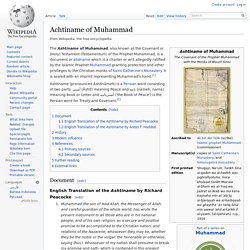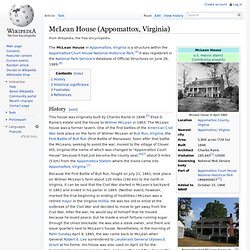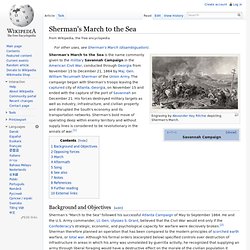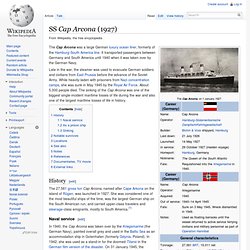

Achtiname of Muhammad. The Ashtiname of Muhammad, also known as the Covenant or (Holy) Testament (Testamentum) of the Prophet Muhammad, is a document or ahdname which is a charter or writ allegedly ratified by the Islamic Prophet Muhammad granting protection and other privileges to the Christian monks of Saint Catherine's Monastery.

It is sealed with an imprint representing Muhammad's hand.[1] Ashtiname (pronounced Āshtīnāmeh) is a Persian word consisting of two parts: آشتی (Āshtī) meaning Peace and نامه (nāmeh, nama) meaning Book or Letter and آشتینامه ('the Book of Peace') is the Persian word for Treaty and Covenant.[2] Document[edit] McLean House (Appomattox, Virginia) Reconstructed McLean house in 2008 Replicas of the tables used by Lee and Grant in the McLean house for the surrender documents.

The McLean House in Appomattox, Virginia is a structure within the Appomattox Court House National Historical Park.[3] It was registered in the National Park Service's database of Official Structures on June 26, 1989.[4] This house was originally built by Charles Raine in 1848.[5] Eliza D. Raine's estate sold the house to Wilmer McLean in 1863. The McLean house was a former tavern. Because the First Battle of Bull Run, fought on July 21, 1861, took place on Wilmer McLean's farm about 120 miles (190 km) to the north in Virginia, it can be said that the Civil War started in McLean's backyard in 1861 and ended in his parlor in 1865. Sherman's March to the Sea. Background and Objectives[edit] The second objective of the campaign was more traditional.

Grant's armies in Virginia continued in a stalemate against Robert E. Lee's army, besieged in Petersburg, Virginia. By moving in Lee's rear and performing a massive turning movement against him, Sherman could possibly increase pressure on Lee, allowing Grant the opportunity to break through, or at least keep Southern reinforcements away from Virginia. The campaign was designed by Grant and Sherman to be similar to Grant's innovative and successful Vicksburg Campaign and Sherman's Meridian Campaign, in that Sherman's armies would reduce their need for traditional supply lines by "living off the land" after consuming their 20 days of rations. ... Opposing forces[edit] Andersonville National Historic Site. The site is an iconic reminder of the horrors of Civil War prisons.

It was commanded by Major Henry Wirz, who was tried and executed after the war for murder. It was overcrowded to four times its capacity, with inadequate water supply, reduction in food rations, and unsanitary conditions. Of the approximately 45,000 Union prisoners held at Camp Sumter during the war, nearly 13,000 men died. The chief causes of death were scurvy, diarrhea, and dysentery. Friends provided care, food, and moral support for others in their social network, which helped prisoners survive.[5][6] Conditions[edit] A depiction of Andersonville Prison by John L. The prison, which opened in February 1864,[7] originally covered about 16.5 acres (6.7 ha) of land enclosed by a 15-foot (4.6 m) high stockade.
A prisoner described his entry into the prison camp: As we entered the place, a spectacle met our eyes that almost froze our blood with horror, and made our hearts fail within us. A Union soldier who survived. SS Cap Arcona (1927) Scale model of the Cap Arcona (1927).

The Cap Arcona was a large German luxury ocean liner, formerly of the Hamburg-South America line. It transported passengers between Germany and South America until 1940 when it was taken over by the German Navy. Late in the war, the steamer was used to evacuate German soldiers and civilians from East Prussia before the advance of the Soviet Army. While heavily-laden with prisoners from Nazi concentration camps, she was sunk in May 1945 by the Royal Air Force. About 5,000 people died. Myth of the Flat Earth. The famous "Flat Earth" Flammarion engraving originates with Flammarion's 1888 L'atmosphère: météorologie populaire (p. 163) The myth of the Flat Earth is the modern misconception that the prevailing cosmological view during the Middle Ages saw the Earth as flat, instead of spherical.[1] During the early Middle Ages, virtually all scholars maintained the spherical viewpoint first expressed by the Ancient Greeks.
From at least the 14th century, belief in a flat Earth among the educated was almost nonexistent, despite fanciful depictions in art, such as the exterior of Hieronymus Bosch's famous triptych The Garden of Earthly Delights, in which a disc-shaped Earth is shown floating inside a transparent sphere.[2] According to Stephen Jay Gould, "there never was a period of 'flat earth darkness' among scholars (regardless of how the public at large may have conceptualized our planet both then and now).
History[edit] James Hannam wrote: Early modern period[edit] 19th century[edit]